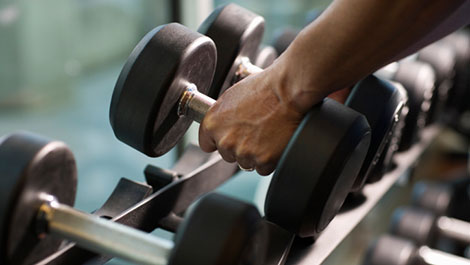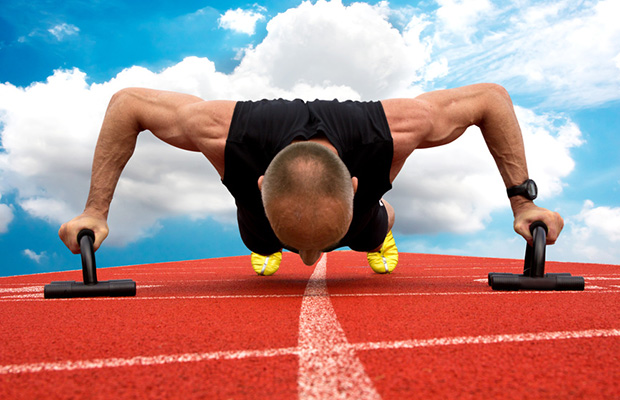 Last month, I wrote an article looking at the impact strength training can have on our running performance. In essence, the studies I presented showed that weight training, specifically high weight low rep, is great for boosting running economy.
Last month, I wrote an article looking at the impact strength training can have on our running performance. In essence, the studies I presented showed that weight training, specifically high weight low rep, is great for boosting running economy.
Why does strength training impact our running economy? There are a few mechanisms of action that experts suspect are at play. For me, understanding these mechanisms really helps to solidify the importance of strength work as part of a training plan. Getting to the gym is tough- picturing what you’re doing to your muscles makes it a little more palatable!
Coordination
There are a number of studies out there suggesting that weight training improves running economy by having a positive impact on our muscular coordination. When we run, there is a complex series of muscular contraction and relaxation throughout our entire body- as the efficiency of this process increases, the more economical our stride becomes. We want the leg to become a stiff/rigid spring from impact to toe off and a perfectly timed relaxation to take place to enhance the recoil effect that is launching us forward.
For instance, here is a great study from 1999 showing 5K times improving without increasing aerobic fitness with the help of resistance training. The authors suspect that it has to do with improved neuromuscular coordination: weight training made the legs more efficient springs!
Fatigue-Resistance
 While most experts acknowledge the impact of strength training on neuromuscular coordination, many also suspect that it aids in making our muscles more resistant to fatigue.
While most experts acknowledge the impact of strength training on neuromuscular coordination, many also suspect that it aids in making our muscles more resistant to fatigue.
This study from 2011 looked at this component of strength training by assessing two groups of runners. Some runners did resistance training, others did not and all did a 2×20 second test targeting their glutes and hamstrings. Long story short, the resistance training group showed a substantial increase endurance along with an associated improvement in running economy.
Strength and Body Composition
Lastly, experts also acknowledge how resistance training will impact muscle hypertrophy (growth) and strength. It seems a little too obvious, but a stronger muscle will have a greater ability to propel us forward. The common misconception that keeps endurance runners away from this is that (a) it will result in too much growth/mass decreasing their power-to-weight ratio and (b) will only impact fast twitch muscle fibres- something we don’t rely on that much with endurance running.
This study from the European Journal of Applied Physiology does a great job of addressing these issues. When the subjects underwent a 20 week protocol, yes there was an increase in size of the fast twitch (Type II) muscle fibres, but the slow twitch (Type I) fibres also grew. On top of this, the researchers showed a significant decrease in body fat percentage along with no increase in thigh girth. So yes, gaining too much mass is a concern with weight training, but with the proper dose and protocol, you can get all the benefits without making your thighs larger and slower.
Every training protocol needs to be customized. Resistance training likely plays a role in any endurance athlete’s plan, but it is also important to realize who will benefit the most. How do we decide who will respond? Well, look at the athlete, consider various demographic characteristics, and decide if they need improvement in any of the above features. Generally speaking, masters athletes and female athletes will benefit more from resistance training than younger male athletes.
This is one of my favourite studies showing the impact of strength training with masters vs. junior athletes. They looked at one group of fit cyclists with an average age over 50, and a second group with an average age in their mid-20’s. Both groups did an identical 3 week strength protocol. Both groups showed improvement, but the older guys did a lot better! The masters athletes showed a 17.8% improvement vs. the 5.9% improvement of the riders in their 20’s.
Practical Applications
Strength training is important for all endurance athletes, but more important for some. Hopefully this article will motivate you to lift, and also help guide you toward the right plan given your unique set of physiological traits. Finally, I want to emphasize the importance of running over strength work. Speed sessions and mileage will trump all when it comes to making you faster- don’t let strength training replace running; just do both!
Dr. Sean Delanghe, BSc. (Hons), DC is a chiropractor, coach, and a regular contributor to the RunWaterloo blog.


